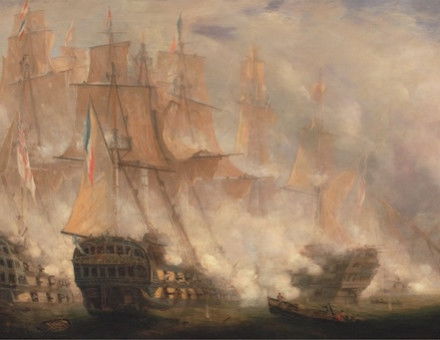J.S. Mill as a Political Philosopher
In his youth hailed by Carlyle as a “new Mystic,” later acclaimed by his contemporaries as the “saint of rationalism,” John Stuart Mill was an extraordinarily versatile writer. Maurice Cranston profiles a man of very wide interests, who became the personification of Victorian liberal democracy and “the agnostic’s equivalent of a godfather” to the infant Bertrand Russell.



